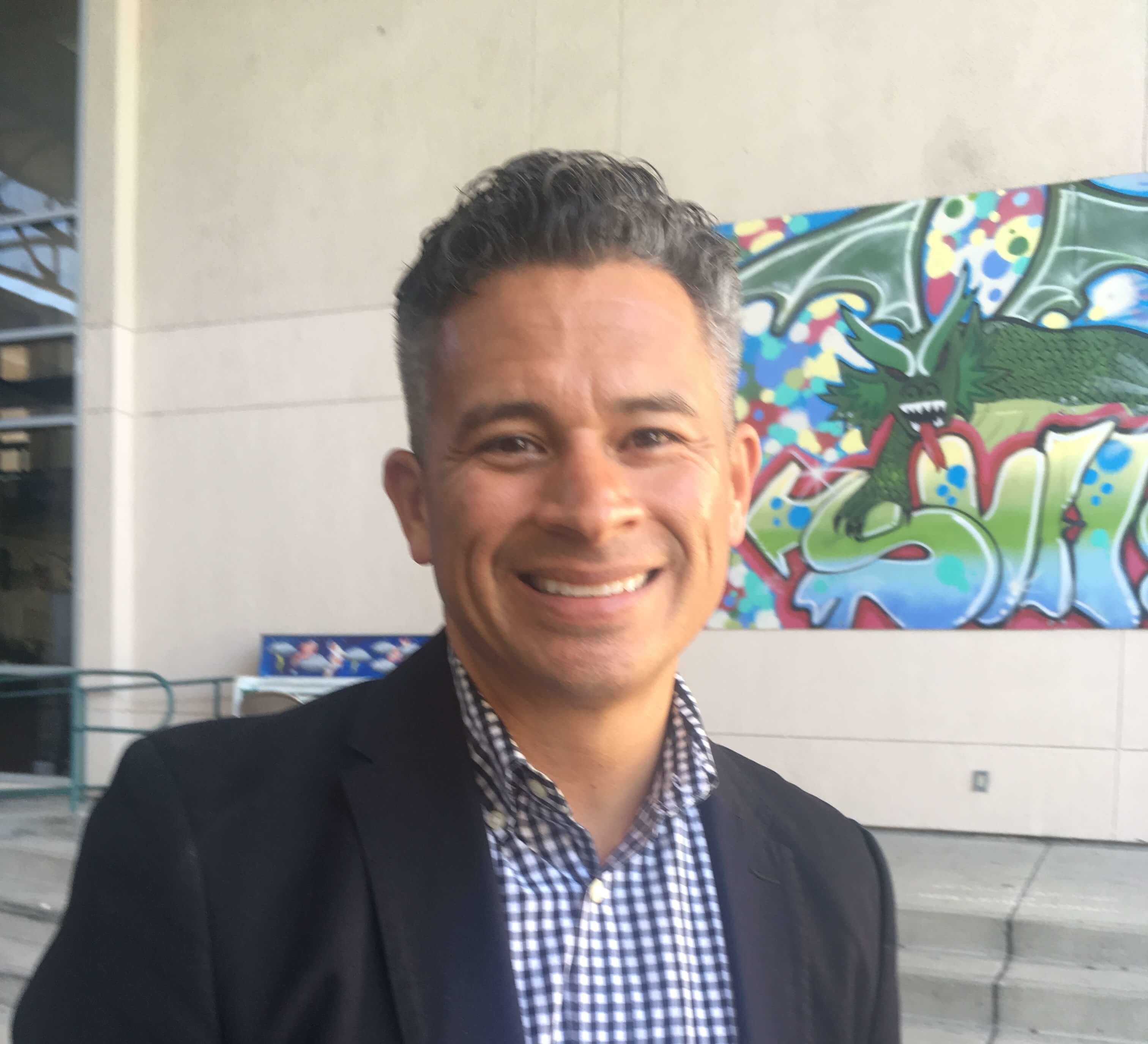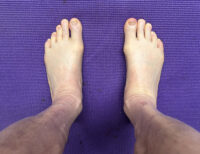The Sun’s Sarah Ford recently sat down with the new principal of Sonoma Valley High School, Alberto Solorzano, to see how his first weeks went, and ask about what lies ahead.
Tell us a little about your background.
I grew up in Union City, and actually went back there to work at my high school. This marks my 25th year in education, and my 18th year in administration.
So you started out as a teacher?
Yes. I taught Health and Physical Education. I actually fell into teaching by accident. I was studying to be a physical therapist at San Francisco State. I was on the Men’s Soccer team, and coached kids’ soccer camps over the summer. My coach asked, “Why aren’t you going into teaching? You’re great with kids,” and encouraged me to become a teacher. I did, and fell in love with it right away.
How did you make the transition from teaching to administration?
Also by accident. I was a department head, and helped facilitate a focus group along with my Principal for a WASC accreditation. The Principal suggested I go into administration. I followed his advice, and became a vice principal. It was a great opportunity, and I’ve had amazing mentors and training along the way.
What came next?
I was an elementary, middle school, and high school principal. I did a stint as a Director of Secondary Education, but realized I truly enjoy being at the school sites, interfacing with kids. I really like teenagers – and I appreciate having this opportunity to work with them.
Does the fact that you speak Spanish confer an advantage in doing outreach to Latino families?
Yes, and I had my first opportunity to meet with Spanish-speaking parents recently at our first English Learner Advisory Committee (ELAC) meeting. It was a good turnout and parents left in good spirits, knowing who I am and what goals I have for SVHS. Bridging the gap will take time. I’ll work to connect Spanish-speaking families with existing organizations like the Ed Foundation, Boosters, School Site Council, and other parent organizations. We need to ensure that families understand what programs and services are available to all students that prepare them to be college and career ready.
In past positions with similar demographics, in what areas were you really able to move the needle?
In Livermore there were two high schools. At one it was assumed you’d go to college, and at the other, Livermore High School where I worked, it was assumed you’d go to community college. I wanted to change that perception and culture. So we went to a four-year plan that focused on A through G completion – a requirement for admission to the CSUs and UCs. Our messaging for 8th and 9th graders was that at Livermore you’re going to have opportunities to be part of the Green Engineering Academy, the Agricultural (Ag) Program – we had the last remaining Ag Program in Alameda County – and other programs. We increased enrollment in Ag and Engineering and increased students completing the A through G requirements.
One of the big things I advocated for, and the district was able to accomplish, was that every sophomore take the PSAT, for free. We wanted students to be exposed to these assessments to prepare them for college. Another useful tool was the Advanced Placement (AP) Potential Report. This assessment provided information about students’ potential to take AP Language Arts, Math, and so on. We’d then meet with them and their parents – again, these are demographics that are not usually in AP classes – and say, “Guess what? Look at your scores. You have the potential to take these AP courses.”
Did the teachers play a role?
Yes. You have to let them know “You’re going to have different kids now.” Teachers were preparing to work with students and created environments to eliminate the pressure – reminding the students that just because they’re in AP doesn’t mean they have to get an A or B. Getting a C in an AP class is fine! It’s actually equivalent to a B in a regular college prep class. We need to emphasize to students: “Don’t put pressure on yourself, you’re in a college-level class.”
Would you use a similar approach at SVHS?
Yes. I’ve been looking at the PSAT for all of our sophomores but I think we can go bigger and offer it for grades 9, 10, and 11. So that’s our push right now and we’re getting close, working with the District’s Education Services. We also need to have teachers realize students’ potential – they can be providing that outreach. Identifying student potential starts with teachers, then counselors and administration, and we need to educate parents as well.
Will you be continuing the monthly Chats with the Principal for parents?
Yes, with the same format – no set agenda – and alternating mornings and evenings to accommodate parents’ schedules.
You brought up student well-being at your recent Meet and Greet. What can we do about student stress?
Mental health is something I’m passionate about. In fact, I met with the Living Skills teacher about how she’s introducing coping strategies to freshman. And I told her, let’s share it up. Our teachers could apply these strategies to their content areas. They could do some mindfulness before a test, and before lessons. We were doing it at Amador and saw a shift in terms of engagement, because you prime the kids’ brains to be calm and relaxed, but fully aware and engaged in what’s to come. Often we’d start class and say, “Let’s do the warm-up exercise.” Kids would come in after being bombarded with text messages, snapchat, and peer conversations, coming into class with their head in a cloud. Our aim was to lessen that energy and prime them for learning.
Many parents feel that excessive homework is a factor in student stress. Do you think we need homework guidelines?
Yes, and it would have to be a district-wide initiative. In fact when I was a Director of Secondary Education, one of my initiatives was homework and grading practices. We essentially eliminated homework for grades K-2. Research shows that for elementary students homework really doesn’t help. But for secondary it gradually increases. Homework in high school definitely is needed – to get practice, engage more with your reading, do more research, complete projects. But we have to ask: what’s the purpose? Is it to extend the learning, to reinforce concepts, to enrich?
Anything else you’d like to add?
I’m happy to be here, to build community and make a positive difference in the lives of young people. Our staff is ready to engage, enrich, and make for incredible experiences at Sonoma Valley High School.






HI MR SOLORZANO
I WAS TRYING TO REACH A RELATIVE OF ED SOLORZANO FORMER TAX MAN RIP THAT USED TO BE IN OAKLAND, CA. IF HE WAS A RELATIVE I WOULD LIKE TO TALK FOR A FEW AS HE WAS MY TAX MAN FOR DECADES. I WOULD LIKE TO GIVE MY CONDOLENCES AND DO SOMETHING FOR THE FAMILY. HE WAS A GREAT MAN FOR ME AND MY FAMILY. IF THIS IS NOT THE CORRECT FAMILY…THEN SORRY.
RAY KOSKI